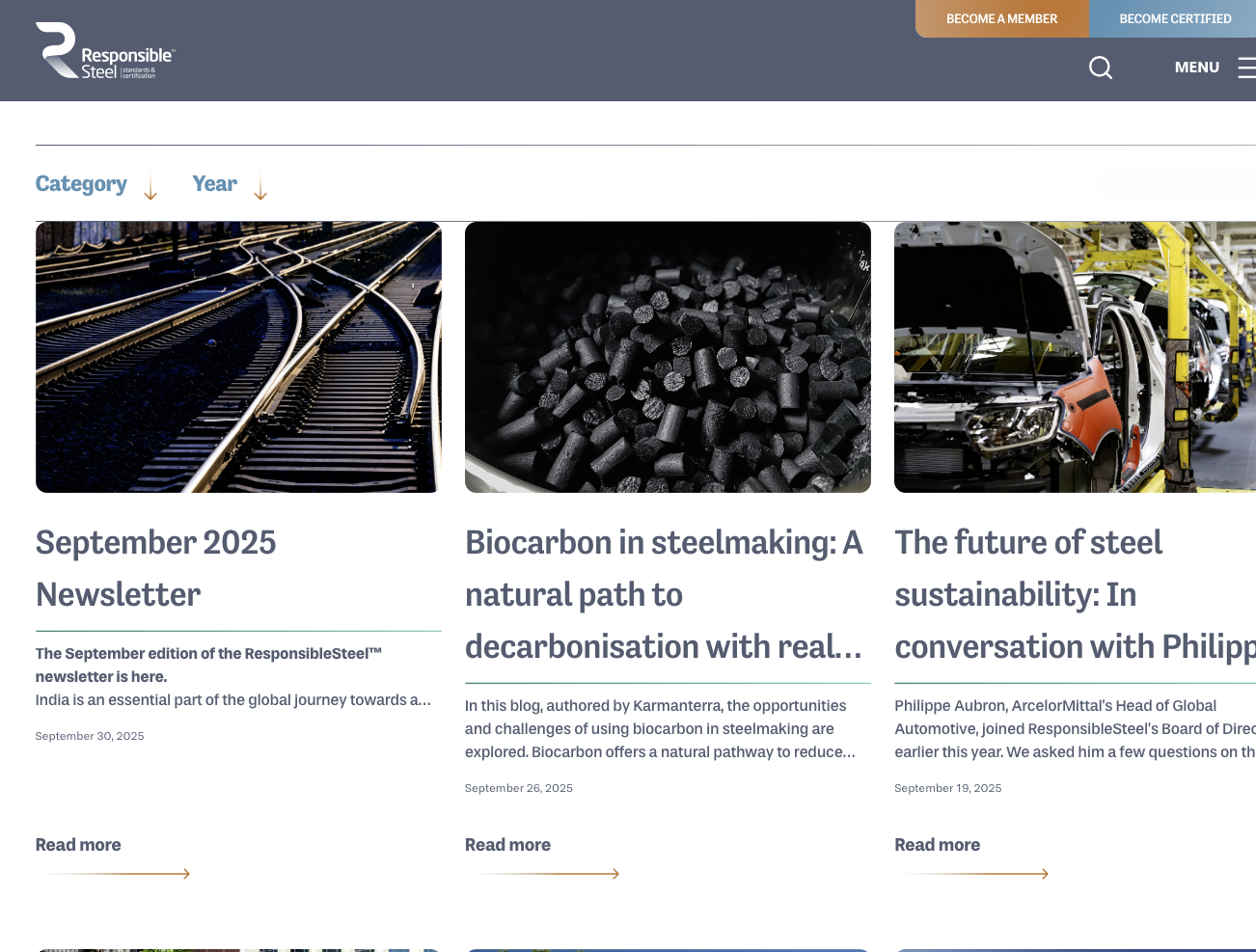The Circular Revolution: Pyrolysis and Beyond in Future Energy Solutions
The world is at a crossroads when it comes to energy. As the global population continues to grow and urbanize, the demand for energy is skyrocketing and we also find ourselves facing unprecedented environmental challenges, including climate change and resource depletion. To address these issues while meeting future energy needs, it's crucial to embrace circular solutions. In this blog post, we'll explore the importance of circular energy solutions and delve into specific examples, including the innovative pyrolysis system.
The Circular Economy in Energy
The circular economy, an approach that emphasizes sustainability, waste reduction, and resource regeneration, is gaining traction across industries. In the energy sector, circular solutions offer a path to not only satisfy the world's energy hunger but also reduce environmental impacts. Here are some key reasons why circular solutions are vital:
1. Resource Efficiency: Traditional linear energy systems, such as fossil fuels, are notorious for their inefficiency and resource depletion. Circular energy solutions, on the other hand, prioritize efficiency by reusing and recycling resources.
2. Waste Reduction: Circular energy systems minimize waste production. This means designing processes that generate less waste and finding ways to repurpose waste materials, creating a more sustainable energy ecosystem.
3. Environmental Preservation: Circular solutions, especially those based on renewable energy, help reduce greenhouse gas emissions and environmental degradation associated with conventional energy sources.
Pyrolysis: A Circular Energy Innovation
Pyrolysis is a prime example of innovative circular technology that has the potential to revolutionize the energy sector. It's a thermal process that converts organic materials, such as biomass and waste, into valuable products, including biochar, bio-oil, and syngas. Here's why pyrolysis is a game-changer:
1. Biomass Utilization: Pyrolysis can convert agricultural waste, forestry residues, and other organic materials into biofuels and biochar. This reduces the environmental impact of waste disposal and provides a sustainable source of energy.
2. Carbon Sequestration: Biochar, a byproduct of pyrolysis, can be used to sequester carbon in soil, enhancing soil fertility and reducing carbon dioxide levels in the atmosphere.
3. Energy Diversification: Bio-oil and syngas produced through pyrolysis can be used as clean, renewable energy sources, reducing our reliance on fossil fuels.
4. Waste Reduction: By converting organic waste into valuable products, pyrolysis minimizes waste generation and landfill usage, contributing to a circular economy.
5. Habitat Restoration: Once Biochar has been infused into soil it produces a range of positive outcomes including retention of precious water, increasing soil microbial activity, improving plant health, and reducing the amount of fertilizers required.
Examples of Other Circular Solutions
1. Renewable Energy Sources: Harnessing the power of the sun, wind, and water is a prime example of circular energy. These sources are practically limitless and don't produce harmful emissions during energy production. Solar panels, wind turbines, and hydropower plants are becoming increasingly popular as circular energy solutions.
2. Energy Storage: Energy storage technologies, such as advanced batteries, allow us to store excess energy for later use. These systems can be recharged and reused, reducing the need for constant energy production and minimizing waste.
3. Smart Grids: Smart grids optimize energy distribution by monitoring demand in real-time and adjusting supply accordingly. This reduces energy losses during transmission and makes energy systems more efficient.
4. Circular Buildings: Circular building designs incorporate energy-efficient features like passive solar heating, natural ventilation, and sustainable materials. These structures consume less energy and contribute to a circular energy ecosystem.
Embracing the Future
Circular energy solutions are indispensable for a sustainable future. From harnessing renewable energy sources to innovative technologies like pyrolysis, these approaches offer a way to meet the world's growing energy needs while preserving the planet. By embracing circular principles in the energy sector, we can reduce resource depletion, minimize waste, and move toward a cleaner and more sustainable energy future. It's time to invest in circular energy solutions and pave the way for a greener, more prosperous world.


















